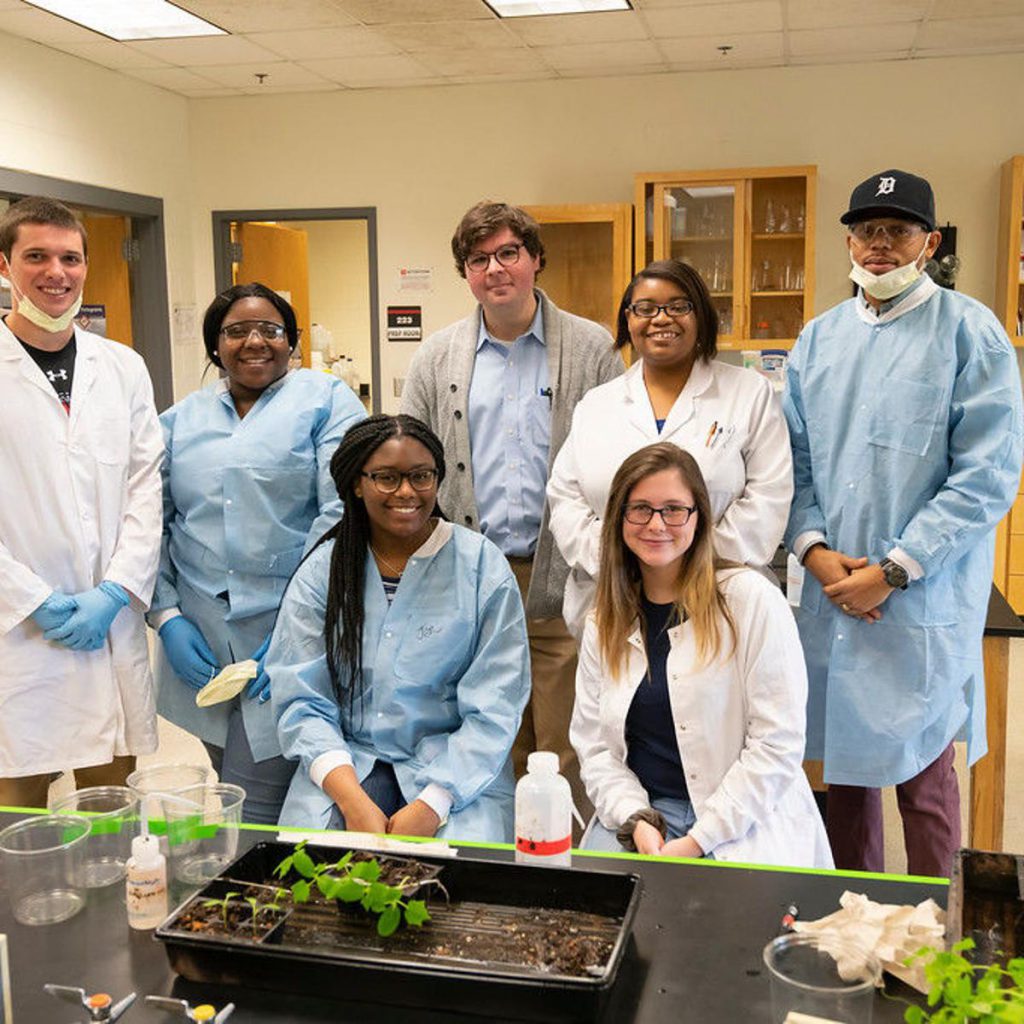Dr. Rafael Loureiro: Professor, Space Botanist, and an Ambassador of Science
By Aditi Sharma
Before joining the Young Scientist Program as a Research Associate, I had never thought about the intersection of space and biology. This summer, I have had the wonderful opportunity to explore a new realm of science. I have also had the great pleasure of learning from numerous mentors and listening to their inspirational stories. Dr. Rafael Loureiro’s story is one that focuses on space, botany, and the importance of science communication. He received a B.Sc. in Marine Biology (2002), a B.A.Sc. in Biology Education (2005), a Masters in Botany (2007), and he completed a Ph.D. in Botany (2013). Dr. Loureiro is also an assistant professor of Botany at Winston-Salem State University and Research Scientist at Blue Marble Space Institute of Science.

Dr. Loureiro’s reasoning for following the path of science is one that I resonate with and many scientists may as well: “Since childhood, I have always been fascinated by pretty much everything, a curiosity that couldn’t be contained, even after the constant questioning years. This natural tendency for investigation was what brought me into science and is still keeping me there.”
As a plant physiologist, Dr. Rafael Loureiro is passionate about space and biology and, through his work, he explores the intersection of the two realms of science. Currently, Dr. Loureiro’s lab is working on three main projects that all revolve around in-situ resource utilization (ISRU). To live and work in deep space for months or years means that crew members have less access to critical, life-sustaining supplies easily available on Earth. ISRU is the practice of generating products with local materials found on astronomical bodies such as the Moon or Mars. Dr. Loureiro focuses, in particular, on growing crops on Lunar and Martian regolith. Regolith is a blanket of loose deposits covering a layer of bedrock and it includes dust, broken rocks, and other related materials. Lunar/Martian regolith is simply the blanket that covers the surface of the Moon or Mars, respectively.
On the topic of his daily work, Loureiro comments, “As a professor, as well as a scientist, I have to change hats during my work hours, but I love being a part of both scenarios interacting with both my lab crew and my students.”
Outside of science, Dr. Loureiro enjoys playing Dungeons and Dragons, and COVID has allowed him to spend more time on this while also reconstituting the friendships that are formed from such games. Additionally, COVID has meant that he can revisit his forgotten pastime activity of reading philosophy and theology books.
Dr. Loureiro has a passion for scientific communication and science policy. He was chosen by the American Geophysical Union (AGU) to be a part of the first cohort of America’s Voices for Science. He also serves as a Sharing Science Ambassador for AGU and encourages discussions between the public and key decision-makers in academia.

When I asked him how he believes science needs to change in the future and how scientists can reach society better, his answer was impactful and inspiring: “Science cannot change, and that is the future. Humankind needs to see it as a way to serve others for the betterment of all. This, and I include myself in this lot, is mostly due to us, scientists, which fail to communicate our science beyond our walls. People will never treasure what they don’t know, so it is part of our duty as people of science to make this happen.”
Aditi Sharma is a communicator of science and a Research Associate with the Blue Marble Space Institute of Science’s Young Scientist Program.
